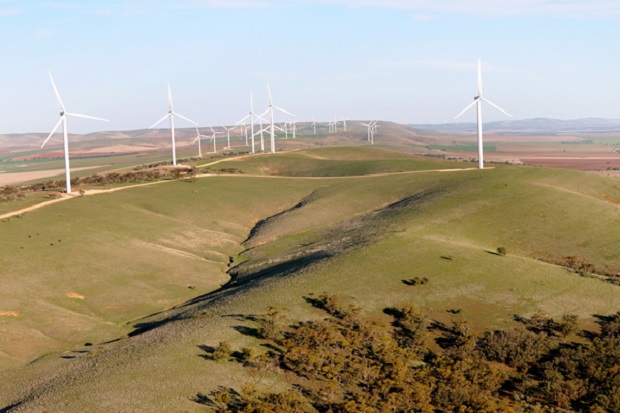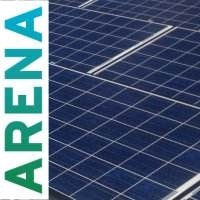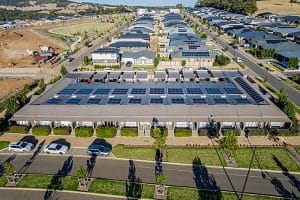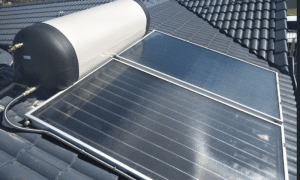A new trial will see excess solar and wind power stored as renewable hydrogen and injected into Australia’s largest gas network.
With $5 million in funding from the Australian Renewable Energy Agency (ARENA), Wollongong-based company, AquaHydrex, has developed a new class of electrolyser to produce cheap renewable hydrogen by splitting water.
The trial involves injecting small amounts of hydrogen into the gas grid, a process called “power-to-gas”.
AquaHydrex born from homegrown research
AquaHydrex was founded in 2012 by scientists from the ARC Centre of Excellence for Electromaterials, University of Wollongong and Monash University.
The company’s new high-efficiency water electrolyser makes the conversion of surplus clean electricity into renewable hydrogen commercially viable.
When hydrogen burns, it produces no carbon emissions, making it the perfect renewable substitute for gas.
“Hydrogen is an outstanding energy carrier,” said AquaHydrex Managing Director Paul Barrett. “[It] has the potential to connect the electricity and natural gas grids, significantly increasing the storage capacity available for renewable electricity and helping decarbonise the natural gas grid.”
The power-to-gas trial converts excess electricity into hydrogen and injects it into the mains gas pipeline. This provides long-term energy storage and stability as more solar and wind energy is added to the grid, according to ARENA.

100 percent renewable hydrogen possible: ARENA chief
Australia’s gas network can support up to 100 percent hydrogen, but gas pipelines would need modification, said ARENA CEO Ivor Frischknecht.
“You can inject hydrogen into the gas main up to at least 10 per cent of the total gas in there,” ARENA CEO Ivor Frischknecht said.
Power to gas represented a vast, untapped potential to convert surplus renewable energy to hydrogen, Mr Frischknecht said.
“In the future, there will be increasing amounts of surplus renewable energy when it is sunny or windy.”







































